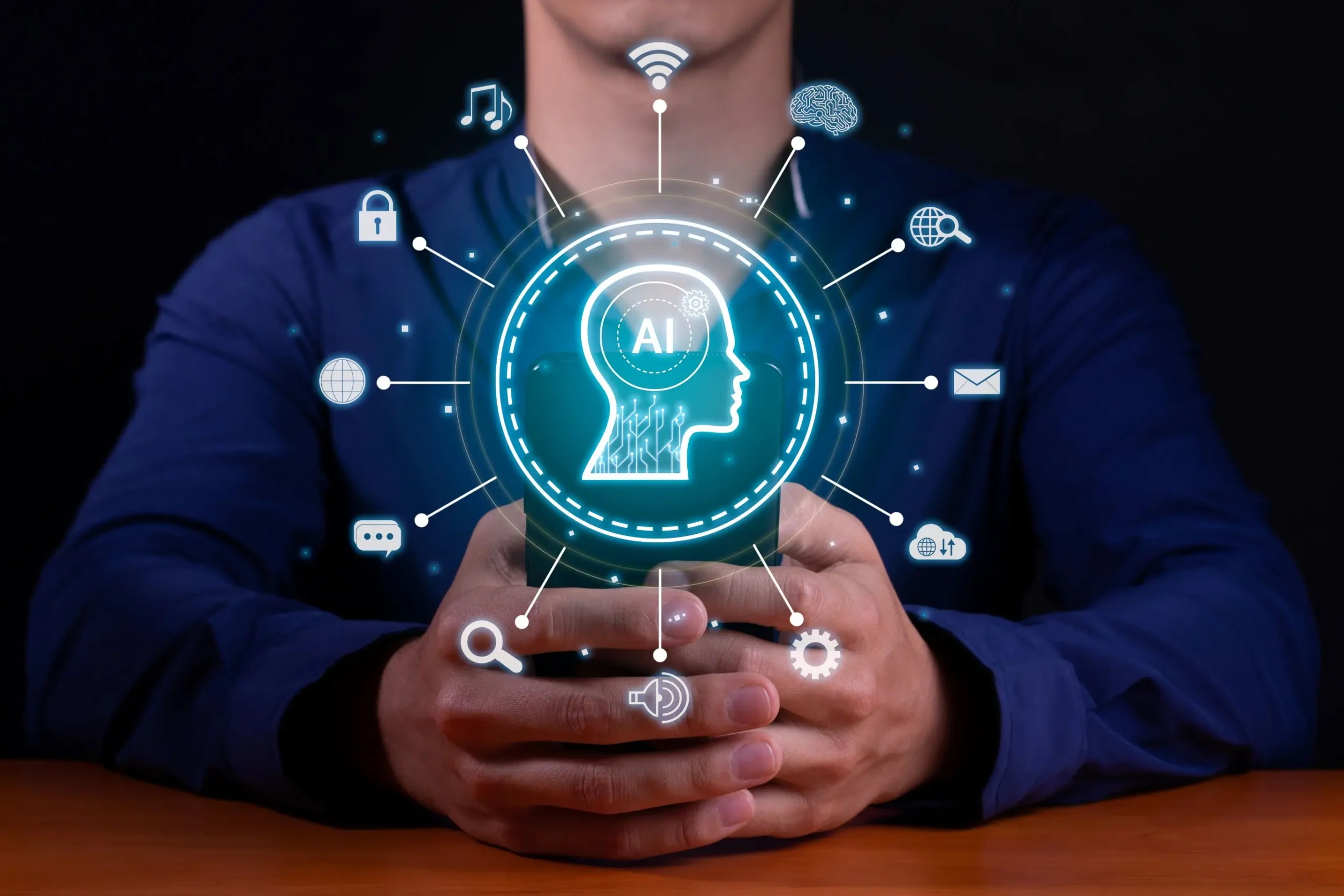It doesn't take a miracle to truly enjoy what you do.
The right attitude coupled with a burning passion for working with great people are winning recipes for success.
Gary Fagerholm

Sr. Systems Administrator
Over 25 years experience in IT including M365, cybersecurity, and generative AI.












































































